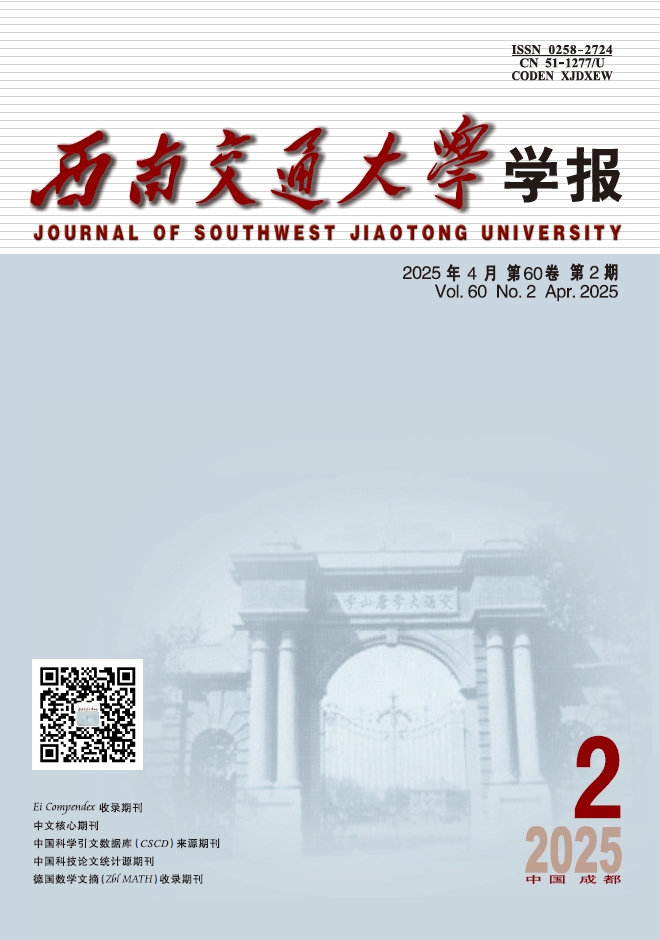2023 Vol. 58, No. 1
Display Method:
Study on Driver’s Sight Line Under Vertical Vortex-Induced Vibration of Long Span Suspension Bridges
2023, 58(1): 191-201.
doi: 10.3969/j.issn.0258-2724.20210260
Abstract:




 Advance Search
Advance Search
 Email alert
Email alert RSS
RSS [Abstract]
[Abstract] [FullText HTML]
[FullText HTML] PDF 3494KB
PDF 3494KB Supplements
Supplements [Cited By]
[Cited By]